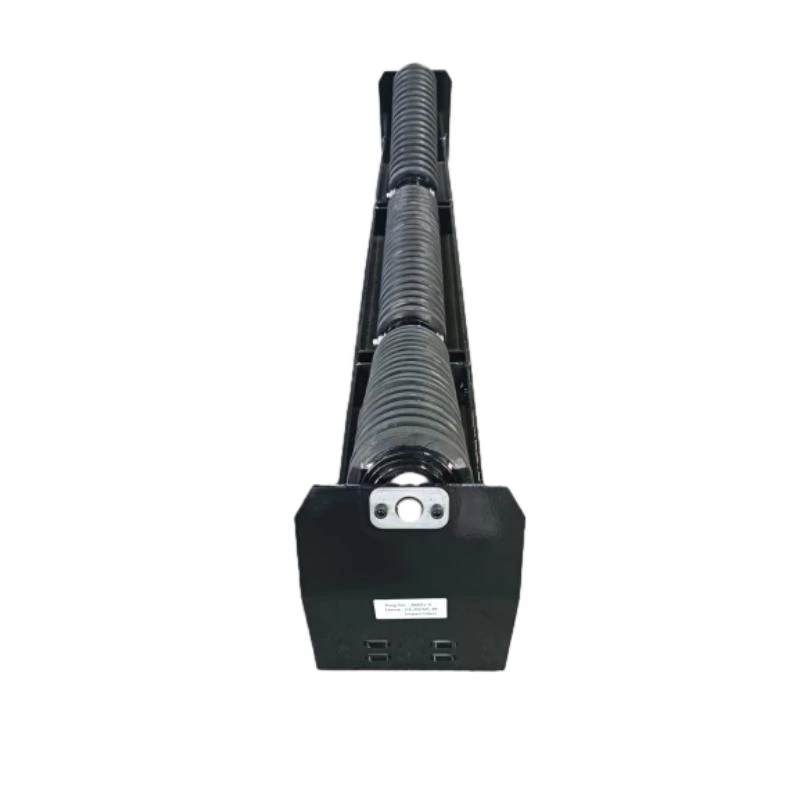 Afrikaans
Afrikaans  Albanian
Albanian  Amharic
Amharic  Arabic
Arabic  Armenian
Armenian  Azerbaijani
Azerbaijani  Basque
Basque  Belarusian
Belarusian  Bengali
Bengali  Bosnian
Bosnian  Bulgarian
Bulgarian  Catalan
Catalan  Cebuano
Cebuano  Corsican
Corsican  Croatian
Croatian  Czech
Czech  Danish
Danish  Dutch
Dutch  English
English  Esperanto
Esperanto  Estonian
Estonian  Finnish
Finnish  French
French  Frisian
Frisian  Galician
Galician  Georgian
Georgian  German
German  Greek
Greek  Gujarati
Gujarati  Haitian Creole
Haitian Creole  hausa
hausa  hawaiian
hawaiian  Hebrew
Hebrew  Hindi
Hindi  Miao
Miao  Hungarian
Hungarian  Icelandic
Icelandic  igbo
igbo  Indonesian
Indonesian  irish
irish  Italian
Italian  Japanese
Japanese  Javanese
Javanese  Kannada
Kannada  kazakh
kazakh  Khmer
Khmer  Rwandese
Rwandese  Korean
Korean  Kurdish
Kurdish  Kyrgyz
Kyrgyz  Lao
Lao  Latin
Latin  Latvian
Latvian  Lithuanian
Lithuanian  Luxembourgish
Luxembourgish  Macedonian
Macedonian  Malgashi
Malgashi  Malay
Malay  Malayalam
Malayalam  Maltese
Maltese  Maori
Maori  Marathi
Marathi  Mongolian
Mongolian  Myanmar
Myanmar  Nepali
Nepali  Norwegian
Norwegian  Norwegian
Norwegian  Occitan
Occitan  Pashto
Pashto  Persian
Persian  Polish
Polish  Portuguese
Portuguese  Punjabi
Punjabi  Romanian
Romanian  Russian
Russian  Samoan
Samoan  Scottish Gaelic
Scottish Gaelic  Serbian
Serbian  Sesotho
Sesotho  Shona
Shona  Sindhi
Sindhi  Sinhala
Sinhala  Slovak
Slovak  Slovenian
Slovenian  Somali
Somali  Spanish
Spanish  Sundanese
Sundanese  Swahili
Swahili  Swedish
Swedish  Tagalog
Tagalog  Tajik
Tajik  Tamil
Tamil  Tatar
Tatar  Telugu
Telugu  Thai
Thai  Turkish
Turkish  Turkmen
Turkmen  Ukrainian
Ukrainian  Urdu
Urdu  Uighur
Uighur  Uzbek
Uzbek  Vietnamese
Vietnamese  Welsh
Welsh  Bantu
Bantu  Yiddish
Yiddish  Yoruba
Yoruba  Zulu
Zulu tapered roller
Tapered Roller Bearings Principles, Applications, and Advantages
Tapered roller bearings are specialized components designed to support both radial and axial loads in various applications. Characterized by their conical inner and outer ring shapes, these bearings are distinguished from other bearing types by their ability to accommodate heavier radial loads and withstand significant axial forces, making them indispensable in many industries.
Principles of Operation
The essential design of a tapered roller bearing includes an inner ring (which contains the tapered rollers), an outer ring, and a cage that holds the rollers in place. The rollers are arranged in a way that allows them to make contact with the raceway at a specific angle, which is why they are referred to as tapered. This design enables the bearing to handle loads from multiple directions; as the roller rotates, it distributes the load evenly across the raceway surfaces.
The tapered angle of the rollers also plays a critical role in minimizing friction and wear. When a radial load is applied, it creates a wedging effect that increases contact surface area, thereby improving load capacity and decreasing stress on the rollers and raceways. This unique configuration allows tapered roller bearings to maintain excellent stability and performance, even under challenging operational conditions.
Applications
Tapered roller bearings are used in a wide range of applications across various industries. Their robust design makes them suitable for heavy machinery, automotive applications, and aerospace. For instance, they are commonly found in vehicle wheel hubs, where they support the weight of the vehicle while allowing for smooth rotation of the wheels. In addition, tapered roller bearings are widely utilized in construction equipment, industrial machinery, and rail transport, where they endure substantial loads and harsh environmental conditions.
One of the most significant applications of tapered roller bearings is in the design of gearboxes. These bearings can support both the load from the gears and any axial forces generated during operation, helping to enhance the overall reliability and efficiency of the gearbox system. In wind turbines, tapered roller bearings facilitate the smooth operation of the rotor shaft, crucial for converting wind energy into electricity.
Advantages
tapered roller

The primary advantages of tapered roller bearings stem from their unique design and operational capabilities. Some notable benefits include
1. High Load Capacity Tapered roller bearings are engineered to withstand heavy loads, making them suitable for applications that involve significant forces. The design allows them to handle both radial and axial loads, providing improved performance compared to other bearing types.
2. Versatility These bearings can be used in various orientations and applications, adapting easily to different operational requirements. This versatility is a significant factor in their widespread adoption across industries.
3. Enhanced Stability Tapered roller bearings maintain high levels of stability during operation, owing to the design's ability to evenly distribute loads. This stability translates into longer service life and reduced maintenance needs.
4. Reduced Friction The tapered design minimizes friction between the bearing components, which leads to lower operating temperatures and less wear over time. This aspect is particularly beneficial in high-speed applications.
5. Ease of Installation and Maintenance Tapered roller bearings come equipped with features that simplify their installation and maintenance. They can be preloaded to specific tolerances, ensuring optimal performance and longevity.
Conclusion
In summary, tapered roller bearings are vital components that offer a unique combination of load-carrying capacity, stability, and versatility. Their ability to handle significant radial and axial forces makes them indispensable across various applications, from automotive to industrial machinery and beyond. As industries continue to evolve, the demand for high-performance bearings like tapered roller bearings will likely persist, further solidifying their place as crucial elements in engineering and design. Understanding the principles behind these bearings and their applications is essential for engineers and technicians aiming to optimize machinery performance and reliability.
-
Trusted Conveyor Solutions from Leading Conveyor Idler Roller ManufacturersNewsJun.27,2025
-
Reliable Return Idler Solutions for Efficient Belt Conveyor SystemsNewsJun.27,2025
-
Precision Conveyor Accessories for Streamlined Material HandlingNewsJun.27,2025
-
High-Quality Belt Conveyor Idler Solutions for Efficient Material HandlingNewsJun.27,2025
-
High-Performance Belt Conveyor Pulleys for Reliable Material HandlingNewsJun.27,2025
-
Enhancing Material Handling EfficiencyNewsJun.27,2025





























